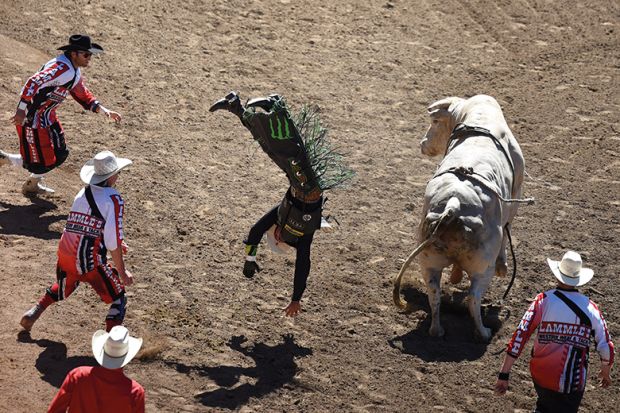Many of the purported benefits of “flipped” learning stem from repetition or increased exposure to content and could easily be replicated in a regular classroom, according to a landmark analysis.
The study, published in Frontiers in Education, found the basis for the central claim made by advocates of the flipped approach – that it improves attainment by allowing students to learn basic content online prior to class so face-to-face time is freed up for more active and participatory learning – is “weak”, especially because pedagogies are typically not being implemented as envisaged.
“We found active learning is rarely present and when it is, it doesn’t have an effect,” the study’s lead author Manu Kapur, professor of learning sciences and higher education at ETH Zurich, said.
The researchers were the first to code the nature of different interventions used in flipped learning programmes, as described in thousands of published studies, and found “passive” approaches still dominated with academics – for example, asking students to review PowerPoint slides in advance and then repeating the content in a face-to-face lecture.
Where studies had identified an impact on student grades from flipped learning, “the effects were coming from increased time on task”, Professor Kapur said.
“Increased exposure to content was probably the reason, not underlying arguments about active learning.”
Given flipped classes require far more time and energy to prepare and teach, “You can ask, why go to these great lengths to flip when you can just achieve this in a regular classroom?” Professor Kapur said.
His study found that when active learning was built in to traditional teaching methods, the effects of flipped learning “vanished”.
“The moral of the story was, just teach better in a regular classroom”, Professor Kapur said. “Don’t interpret the effect of flipped learning without looking at how it was implemented. That is the scepticism we want to convey.”
Professor Kapur – and co-authors John Hattie, Irina Grossman and Tanmay Sinha – recognise that flipped learning is “here to stay” but call for administrators and professors to pay more attention to course design, rather than mode of teaching.
“We hope this paper will put more focus on how exactly you design these environments – what do you start with, how do you deliver content, how do you build on it. We don’t want people to think ‘I’m going to put some content online and hope the magic will work,’” Professor Kapur said.
A way to make flipped courses work better, Professor Kapur suggested, would be to learn from his past research on “productive failure”, which posits that learning should start with problem-solving activities that activate existing knowledge, followed by instruction or content and then a period where learning is consolidated. This “optimum learning pathway” could be implemented successfully in either a regular classroom or hybrid environment, he said.
Reacting to the study, Susan Orr, the pro vice-chancellor for education at De Montfort University who recently completed a review of blended learning for the Office for Students, said flipped learning was “in danger of becoming a ubiquitous term that is used without a careful consideration of basic course design and pedagogy”.
She said good teaching was “not modality specific” and “flipped learning may offer poor learning contexts for students, and this is also the case in relation to traditional teaching methods” – particularly because they can both be as variable as each other.
Simon Thomson, professor of hybrid learning at the University of Manchester, said flipped learning studies had tended to measure the success of the technique by assessing the extent to which the students improved their grades. He said this neglected the other “experiential benefits” to flipped learning, noting that, when it had been introduced at Manchester students had become more successful independent learners.
He added that the context within which flipped learning takes place was also important, for example, if learning resources and activities have been adjusted with flipped learning in mind or whether an undergraduate is taking many courses that are flipped or just one in isolation.
Jo-Anne Murray, pro vice-chancellor for digital transformation at the University of Leeds, said the study showed what a particular teaching practice is called “matters much less than the sequence of activities and the quality of their implementation”.
This means that “strong educator professional development programmes and departmental cultures that value collaboration and peer support will help determine effectiveness”, she said.
后记
Print headline: ‘Flipped’ learning hinges on timing




